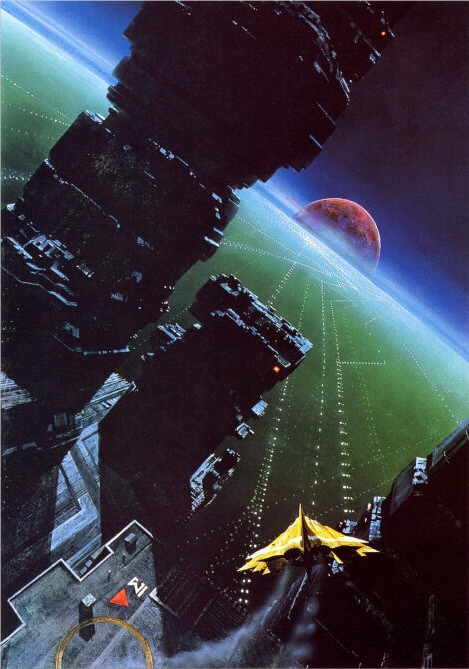Warning: this editorial contains major spoilers for the book Ender’s Game.
Readers of this site may remember that about a month ago I posted about nominating Ender’s Game for NPR’s Top 100 Young Adult novels. The founder of Ender’s Ansible had asked a bunch of the fansites to help get the book nominated into their poll by spreading word of the list to the fanbase and I was more than happy to oblige, even though I don’t put much weight into lists like these since so many places love to make them.
So imagine my surprise today when I found out that Ender’s Game has been deliberately left off of their young adult fiction poll. The reason?
The judges cut Ender’s Game for the same reason — Ender himself is young, but the book’s violence isn’t appropriate for young readers.
This baffled me, to be honest, because I’ve always felt that one of the most tragic parts of the novel includes the fact that the true violent nature of Ender’s actions is deliberately kept from him. When Card chose to hide this aspect of Ender from his own protagonist, he hid this from his readers as well until the very end.
As you may or may not recall, Ender doesn’t find out about the deaths of Stilson and Bonzo Madrid until he watches Graff’s court martial years later on Eros. By then, the climax of the novel has numbed Ender and readers, and therefore effectually softened the emotional impact of their deaths through the terrifying reality of Ender’s destruction of an entire species. The scenes of the fights themselves may have been violent, but they were also quick and somewhat vague.
Which leads me to question whether the NPR judges have even read the books they included in their poll. Other books that made it onto their list include:
- Lord of the Flies by William Golding
- The Hunger Games by Suzanne Collins
- Divergent by Veronica Roth
- Maze Runner by James Dashner
- Dune by Frank Herbert
Apparently Ender’s violence isn’t “appropriate”, but the following passages are shining examples of acceptable violence for young readers.
It takes a few moments to find [name omitted for spoilers] in the dim light, in the blood. Then the raw hunk of meat that used to be my enemy makes a sound, and I know where his mouth is. And I think the word he’s trying to say is please. Pity, not vengeance, sends my arrow flying into his skull.
Collins, Suzanne (2009-09-01). The Hunger Games
Two more Grievers broke from the pack and swarmed over [name omitted for spoilers], piling on top of each other, snapping and cutting at the boy, as if they wanted to rub it in, show their vicious cruelty. Somehow, impossibly, [name omitted for spoilers] didn’t scream. Thomas lost sight of the body as he struggled with Newt, thankful for the distraction. Newt finally gave up, collapsing backward in defeat.
Dashner, James (2009-09-25). The Maze Runner
[name omitted for spoilers] lies on the floor next to his bed, clutching at his face. Surrounding his head is a halo of blood, and jutting between his clawing fingers is a silver knife handle. My heart thumping in my ears, I recognize it as a butter knife from the dining hall. The blade is stuck in [name omitted for spoilers]’s eye.
Roth, Veronica (2011-05-03). Divergent
I have read all three of these books and so I therefore know first hand just how completely violent they are.
That’s not to say that Ender’s Game isn’t violent. Ender does beat another child unconscious and fights naked in a shower, punching another student in the groin. But how is this any more violent than the passages above?
Sure, maybe the children in Ender’s Game are younger than “young adults”, but so are all the children in Lord of the Flies, which successfully made it onto the list. Dune features a very sadistic and violent group of characters in the Harkonens. Both of these books made the list because they’ve “become rites of passage for teen readers”. Does Ender’s Game get no credit for its themes on child bullying, population control, and the lengths humanity can be stretched to “for the greater good”? Does The Hunger Games, which kills a whopping 20+ children violently, only get on the list because it’s wildly popular right now?
I suppose I shouldn’t even let this bother me since as I mentioned earlier, lists like these don’t mean much. Despite this, I still find it rather ridiculous and insulting to presume that young adult readers, to which these books are pitched to, can’t handle the violence of Ender’s Game, but are deemed adequately equipped to emotionally handle mutilated corpses and head stabbings from books with more dramatic and graphic violence.
Something just doesn’t add up there.

Leave a Reply to Ronald R Andrews Cancel reply